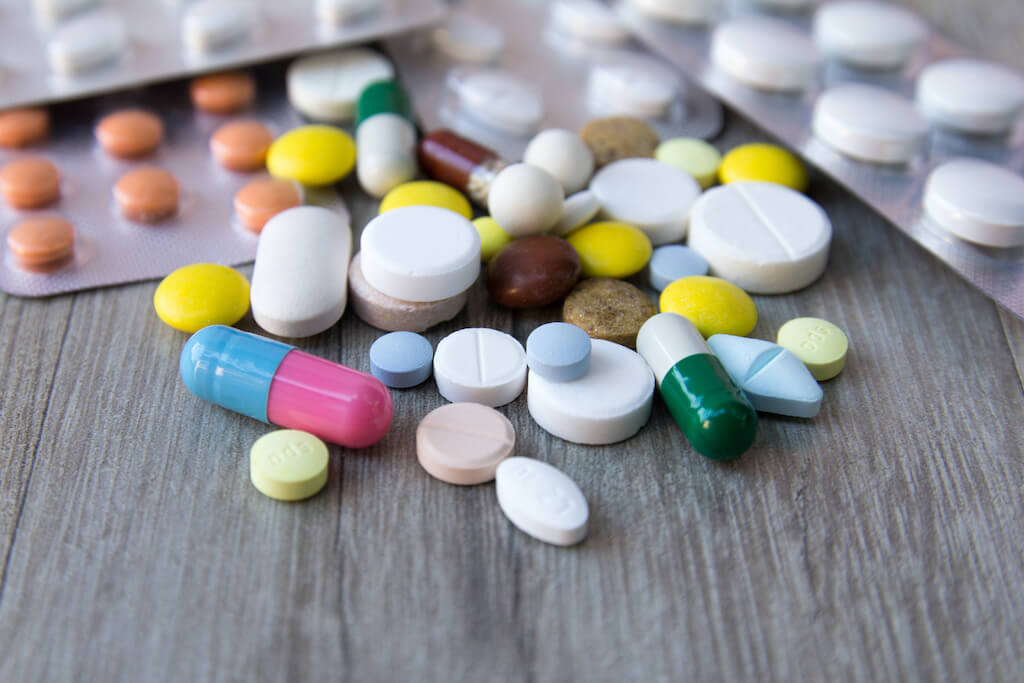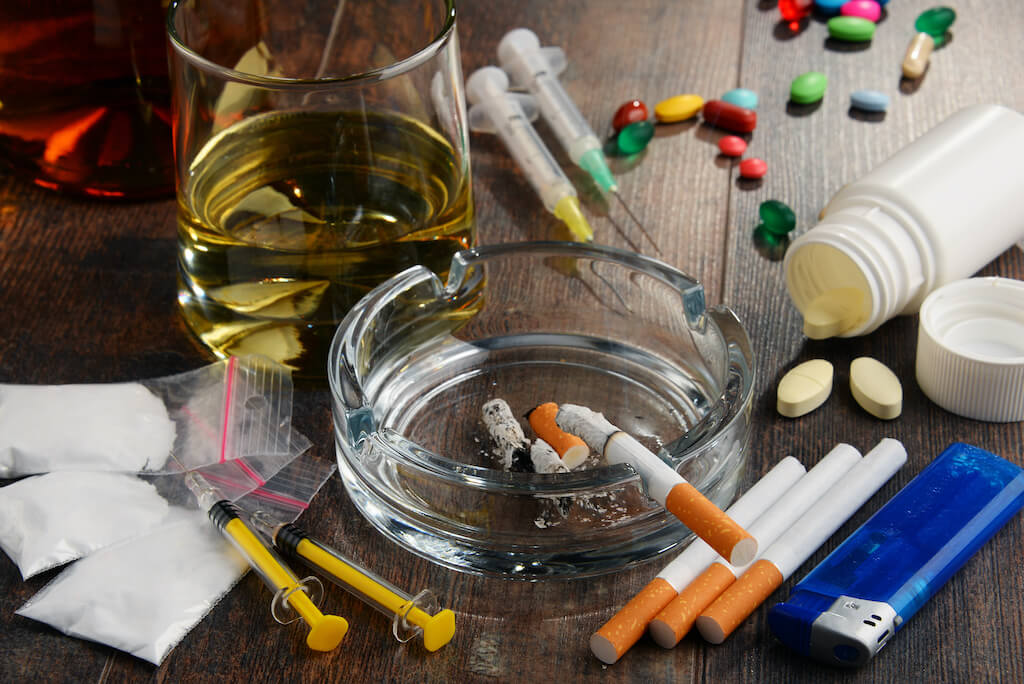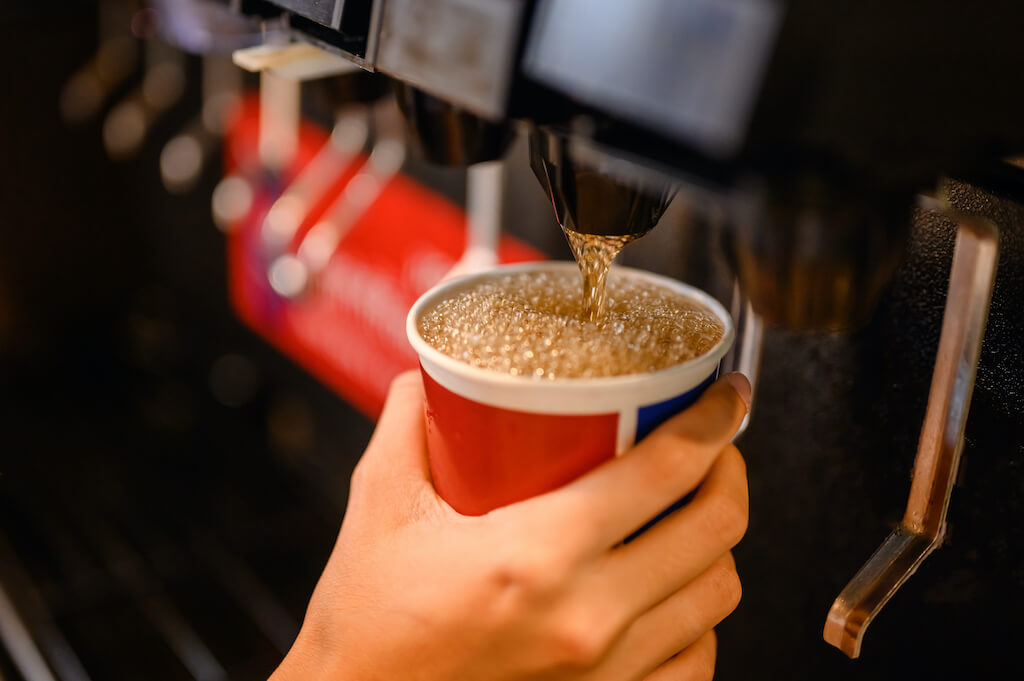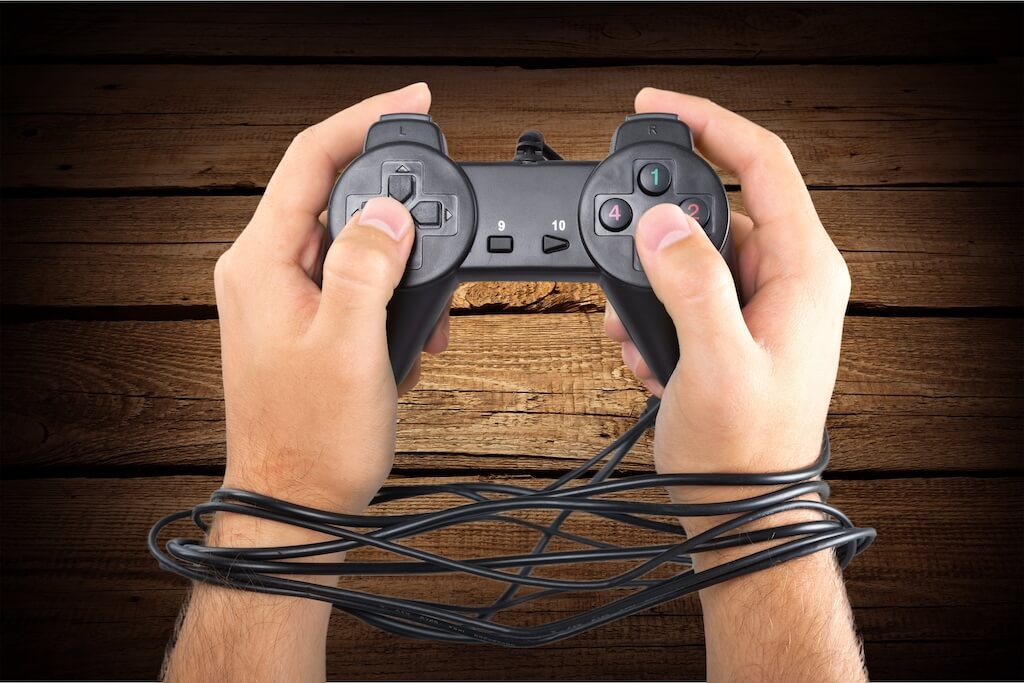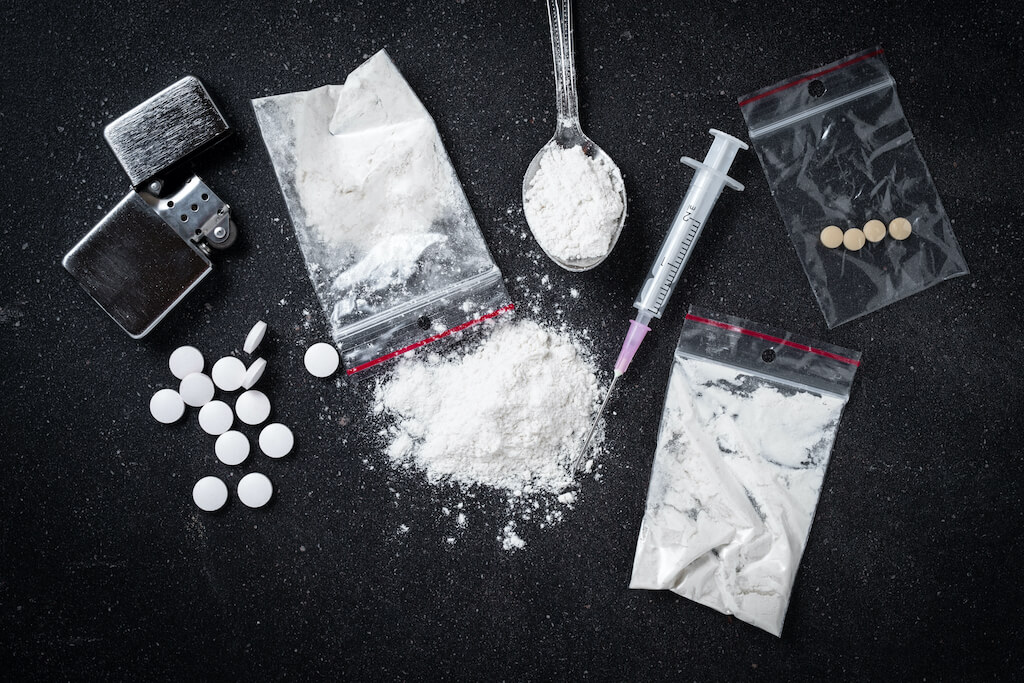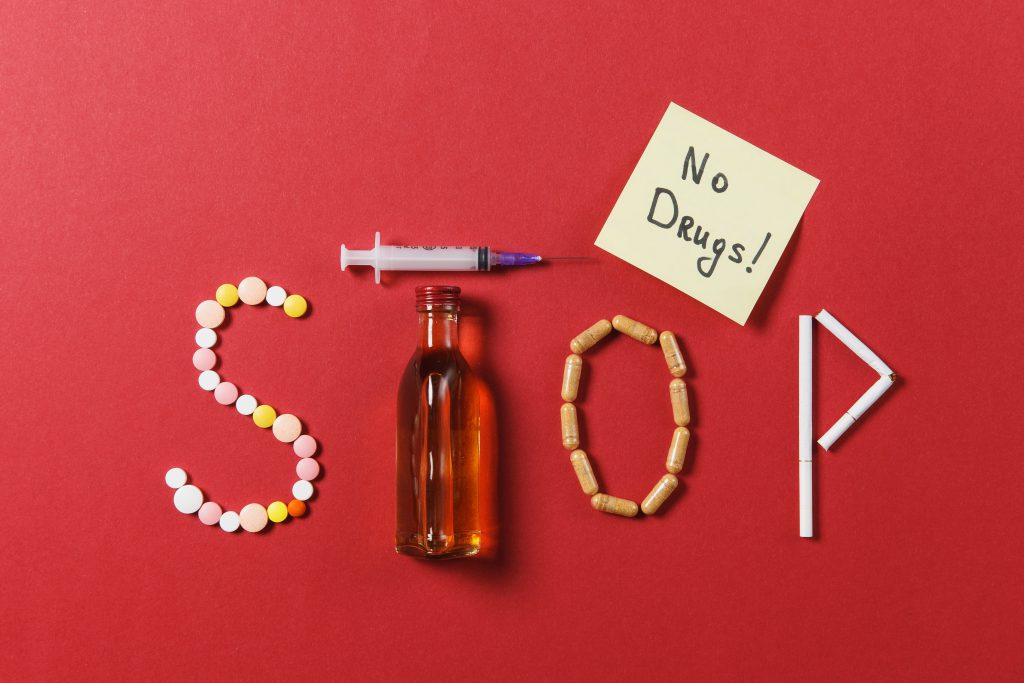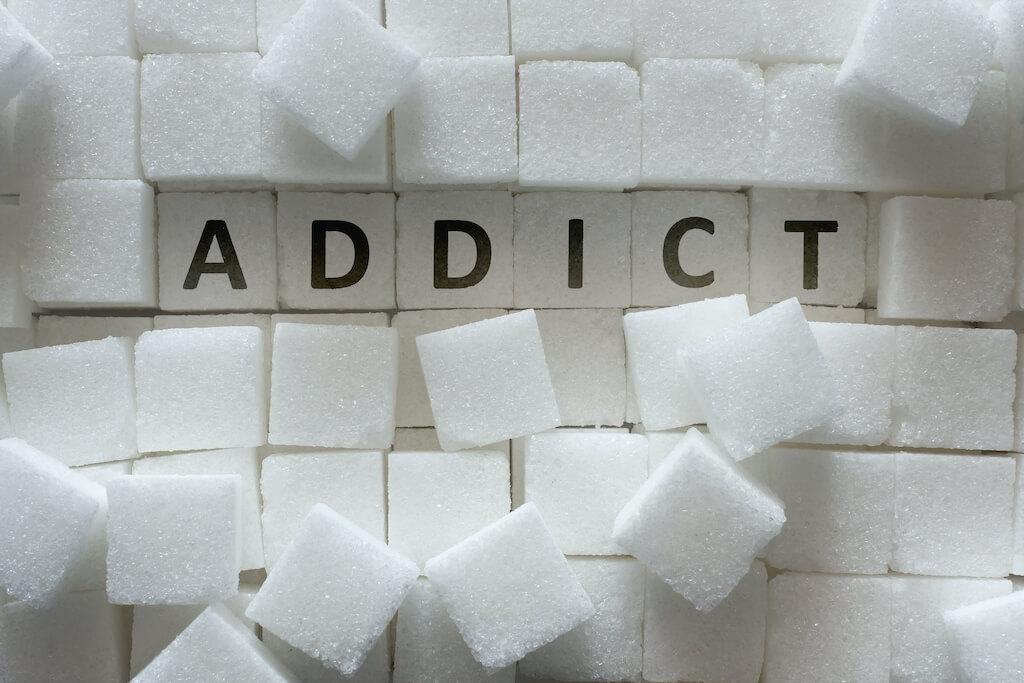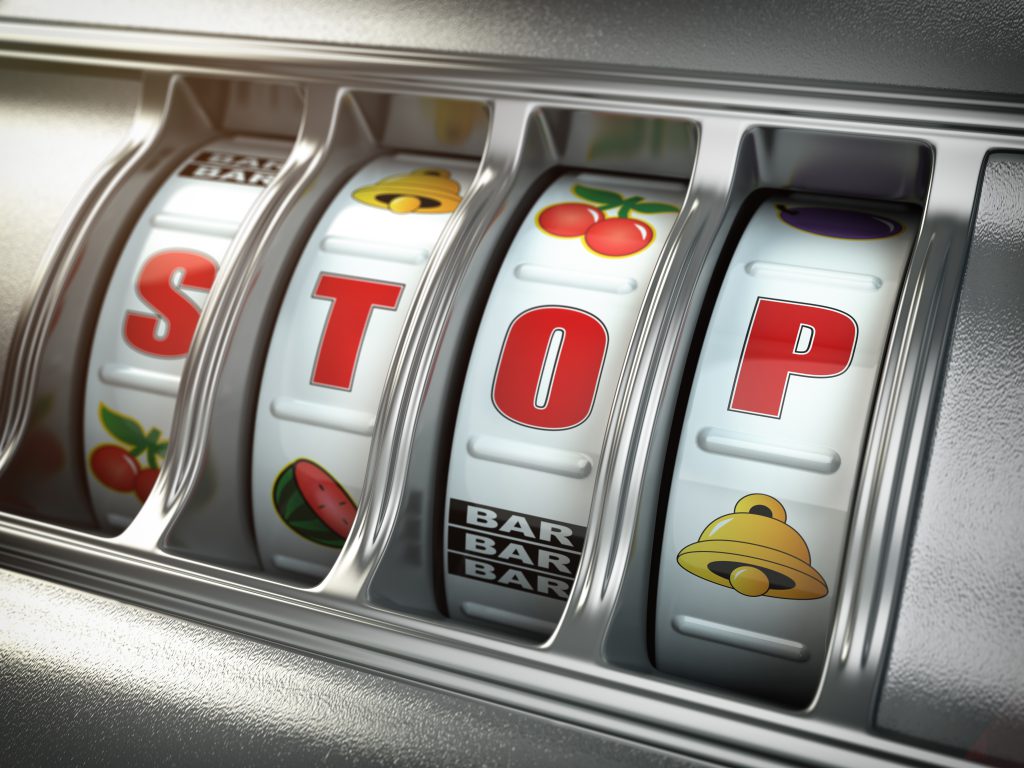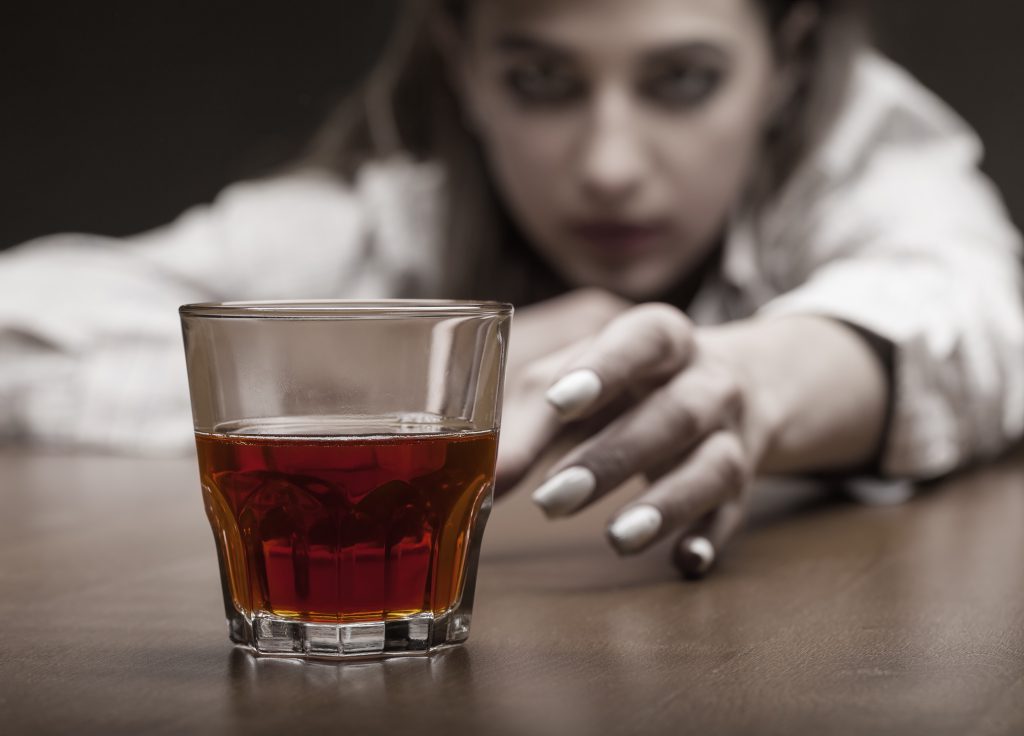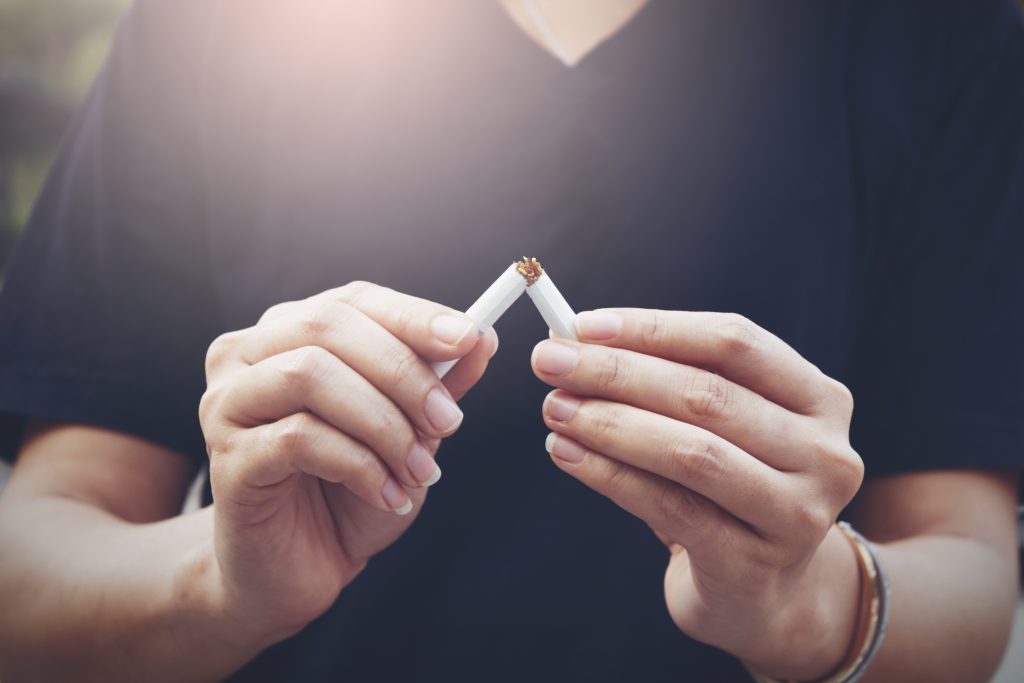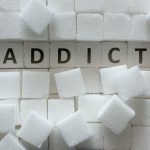Prescription drug abuse is a growing epidemic, affecting millions of individuals worldwide. The addictive nature of prescription drugs, coupled with their accessibility, has made them a top choice for recreational drug users. Despite the significant negative impact prescription drug abuse can have on physical and mental health, many individuals struggle to break free from their addiction. In this article, we will examine the top reasons behind prescription drug addiction, the consequences it can have on individuals and society, and how self-hypnosis can play a pivotal role in preventing this addiction. Moreover, we will outline practical steps for utilizing self-hypnosis to facilitate a successful journey towards avoiding prescription drug abuse.
Understanding the Top Reasons Behind Prescription Drug Addiction
Chronic Pain Management: One of the primary reasons individuals may turn to prescription drugs is to manage chronic pain. Prescribed opioids, such as oxycodone, hydrocodone, and morphine, can provide temporary pain relief but can also have highly addictive properties.
Mental Health Struggles: Prescription drugs are often used to manage underlying mental health issues such as depression, anxiety, and post-traumatic stress disorder (PTSD). Individuals may turn to prescription drugs as a coping mechanism, leading to dependency over time.
Recreational Use: Prescriptions drugs can have a powerful recreational appeal, with individuals seeking out the euphoric effects of substances such as benzodiazepines and stimulants.
Consequences of Prescription Drug Addiction
Physical Health Risks: Prescription drug addiction can have severe physical health consequences, ranging from organ damage and increased risk of infectious diseases to respiratory depression, heart failure, and overdose.
Psychological Impact: Prescription drugs can have a severe psychological impact, leading to cognitive impairment, mood disorders, and even psychosis.
Addiction and Dependence: Individuals who become dependent on prescription drugs may experience strong withdrawal symptoms, further reinforcing their need for the drug and deepening their addiction.
How Can Self-Hypnosis Help with Prescription Drug Addiction?
Addressing Underlying Emotional Triggers: Similar to drug addiction, prescription drug addiction can stem from untreated emotional pain or stressful events. Self-hypnosis can facilitate the exploration and identification of emotional triggers that fuel addictive behaviors. By delving into the root causes of addiction, individuals can develop healthier coping mechanisms to manage emotional pain and reduce their reliance on prescription drugs.
Building a Positive Mindset: Self-hypnosis has the power to reinforce a positive mindset that can strengthen an individual’s commitment to avoiding prescription drug abuse. Developing a resilient and optimistic attitude can help individuals overcome the physical and emotional pain that may trigger prescription drug use.
Strengthening Willpower and Motivation: Self-hypnosis empowers individuals to strengthen their willpower and motivation to avoid prescription drug abuse. By accessing the subconscious mind, self-hypnosis techniques can create a strong mental resistance against the lure of prescription drugs and increase an individual’s self-control.
Increasing Self-Awareness: Self-hypnosis can increase self-awareness, enabling individuals to recognize patterns, thoughts, or emotions that contribute to their addiction. This heightened self-awareness allows individuals to implement healthier choices and an increased ability to challenge and modify addictive behaviors.
Steps to Preventing Prescription Drug Addiction with Self-Hypnosis
Recognize the Risk: Awareness is the first step towards preventing prescription drug addiction. Acknowledge that prescription drug abuse is a dangerous and potentially life-threatening problem that can happen to anyone.
Learn about Self-Hypnosis: Research and gather knowledge about self-hypnosis techniques specifically tailored to preventing prescription drug addiction. Seek out reputable self-hypnosis programs, therapy resources, or professionals experienced in addiction prevention.
Establish a Self-Hypnosis Routine: Create a structured self-hypnosis routine, allocating dedicated time each day for practice. Find a quiet and comfortable space where you can relax and focus your attention solely on the self-hypnosis process.
Visualize a Drug-Free Future: During self-hypnosis, visualize a future free from prescription drug addiction. Imagine yourself living a healthy and fulfilling life, replete with vibrant and joyful experiences.
Practice Mindfulness: Adopt healthy lifestyle behaviors such as practicing mindfulness, meditation, and exercise. This will help to cultivate a more peaceful and centered state of mind that can reinforce the effectiveness of self-hypnosis.
Conclusion
Prescription drug addiction is a pervasive problem that can have severe long-term health consequences. However, by utilizing self-hypnosis techniques, individuals can develop healthier coping mechanisms to manage emotional pain and reduce their reliance on prescription drugs. Self-hypnosis can facilitate the exploration and identification of emotional triggers that fuel addictive behaviors. By delving into the root causes of addiction, individuals can develop a positive mindset, focus on their own self-awareness, and strengthen their willpower and motivation to avoid prescription drug abuse. It is imperative to recognize the risk of prescription drug addiction and utilize self-hypnosis as a powerful tool in addressing this growing problem. By establishing a self-hypnosis routine and visualizing a drug-free future, individuals can embark on a transformative journey towards a healthier and happier life.
